
PAZ BY PAZ
BY PAZ
Text: Durga Chew-Bose
Photography: Brianna Capozzi




A pout is twofold. It’s a pair of lips puckered into a suggestive, cushiony mark, or it’s a pair of lips knit into a mopey scowl. Neither expression is delicate or impassive and, if deployed liberally, it can veer into the burlesque—the facial equivalent of wearing a miniature top hat. Words ascribed to the pout are: Keira Knightley, goldfish, petulance, ‘90s Liv Tyler, sex, Jessica Rabbit, “hot mess,” purrrrrr, and Paz de la Huerta.
Search for “Paz pout” and Google will ask you, “Did you mean: pass out?” before offering a gallery of what we’ll call the Paz Gaze: the 29-year-old artist, director, and actress’s (Enter the Void, Boardwalk Empire) near-logo expression. As if siphoning her entire face through her mouth, de la Huerta ekes out the sort of pout that resembles those cinnamon-flavored gummy lips, performing for the camera with a self-contradictory knowingness. She is a grown woman whose puffy eyes resemble those of a little girl whose nap was cut short. On the red carpet, de la Huerta poses with her chin tilted downwards, attitudinally teenaged despite the wear of her skin. This permanent contortion of her face seems residual like an affect from a past life—once voluntary and now, seemingly, involuntary.
“They’re running late,” I’m told as I arrive to the shoot on a drizzly June morning in New York. De la Huerta and my editor, Anna, are en route to elk rentals, a typically spare loft space on the 12th floor of a building on West 25th, sandwiched between stores that sell display stuff: acrylic jewelry trays, plastic mannequins arms akimbo.

"I'm not being difficult. I'm being aware."


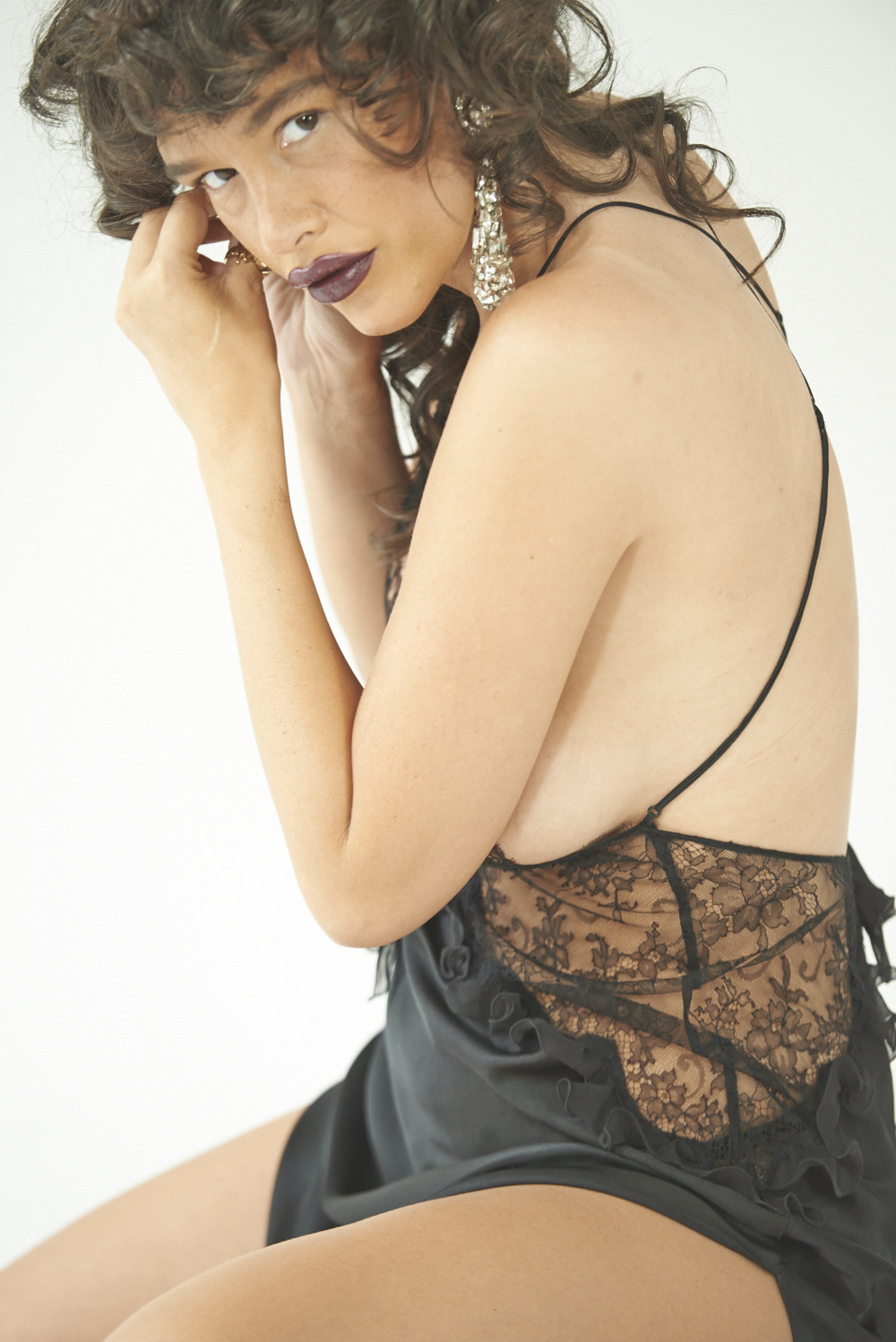
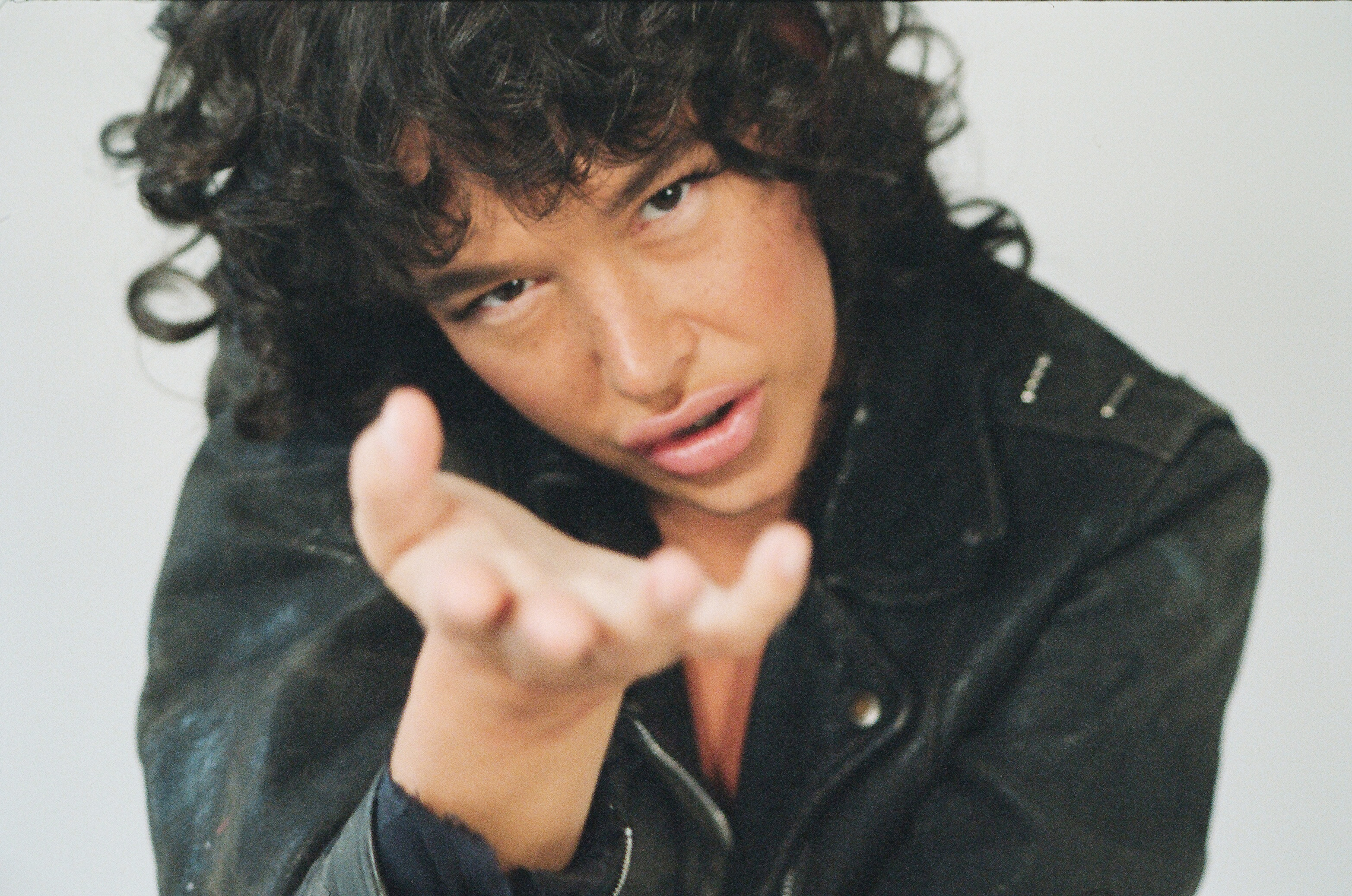
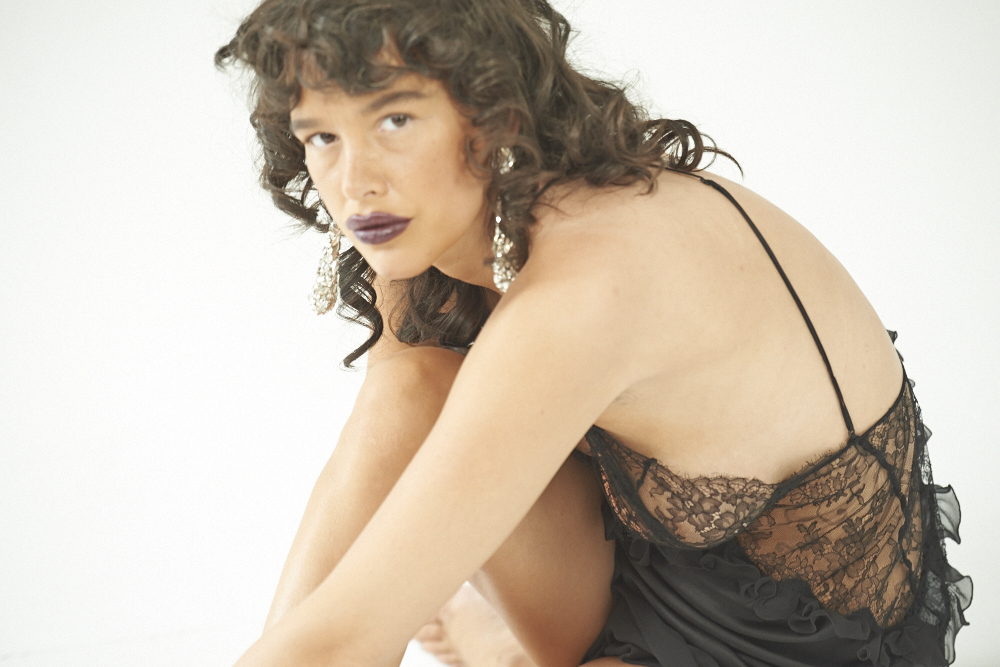




Upstairs in the studio, one styling assistant is crouched under a garment rack, lining up strappy heels in a tidy row; while another assistant, Patric, dressed in a cropped cowhide-patterned top, waves over the receptionist at Elk. “We’re going to need a bigger table for the jewelry,” he says, pointing to a round stool cluttered with necklaces and cuffs. Brianna, the photographer, is talking through DIS’s shoot concept with her assistant—the sometimes high-flash and fault-favoring HD beauty of red carpets and step and repeats.
When de la Huerta arrives in head-to-toe black, a Tempur-Pedic pillow nestled under her arm, she is plainly unenthused by DIS’s concept. “If I don’t want to do something, if I’m not comfortable with it, I’m not going to do it,” she later tells me as we sit on a couch in the lobby, explaining that she’s already done “the red carpet.” As in, has been mercilessly photographed drunkenly stumbling in and out of cars and parties, belligerent to the point of being denied entry entirely (“Did you mean: pass out?”). Some websites have devoted whole listicles to counting down her spotty red carpet history.
Unlike say, a Disney kid’s downfall, de la Huerta’s fall-downs were strictly “Downtown kid.” With two small parts in bigtime movies (The Cider House Rules and A Walk to Remember) during her high school years at Saint Ann’s, but no significant traction in her twenties, de la Huerta instead spent the last decade acting in roles that bore likeness to her increasingly unstable life of decadent, unhinged and warring chaos. In a now somewhat-fabled New York magazine profile from 2010, her mother describes her as “Genghis Khan meets Marie Antoinette,” while Zac Posen touted her as a “one-of-a-kind goddess,” adding that as a friend, “of course [he] worries about her; but as an artist, she just keeps getting better.”
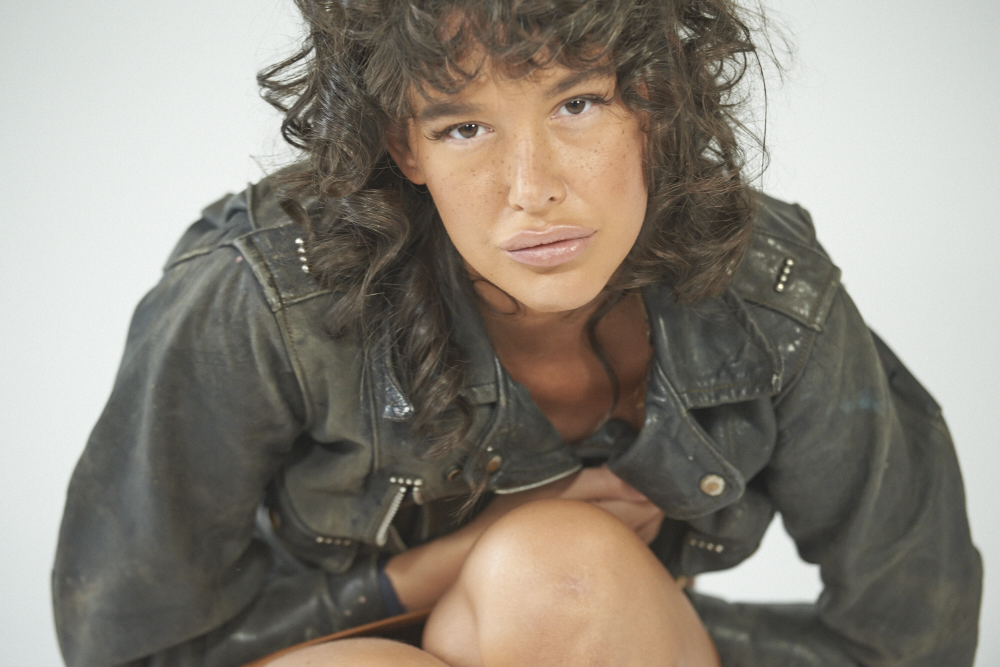
"I've never considered myself an actress. I’m an emoter."

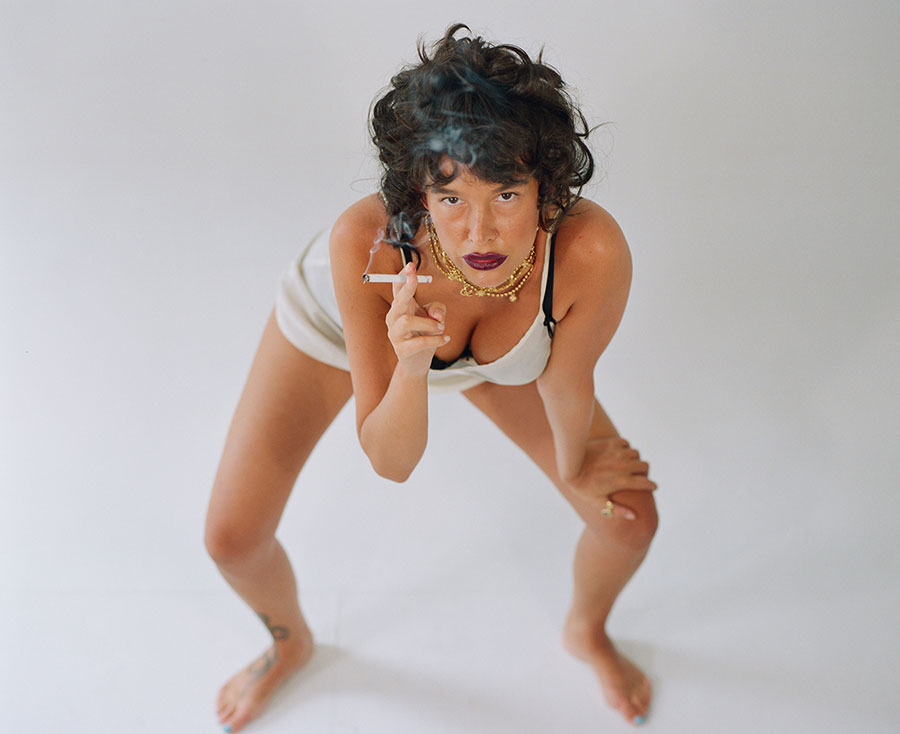


Paz eats very fresh. Kale, blueberries, bananas, green apples, almonds and lara bars. She likes all veggies and likes chia lattes and shortbread cookies from Starbucks. She also likes white fish (sole) and steak, hemp protein power coconut water and aloe vera juice.
“The movie industry is not good,” says de la Huerta. “It’s the creativity that I love about this industry, but people, people just want to be on screen—they don’t care what they’re putting on it. I care. If someone says that me caring is me being difficult—No. I’m not being difficult. I’m being aware.” When she expresses this second thought, her voice is unusually sped up. For the most part, de la Huerta speaks at a leadened pace, communicating her wants and hopes with the slow, declarative responsiveness of a longtime paparazzi target and the gauzy speech pattern of someone who is deciphering code. Deliberating in staccato tangents, she listlessly catalogues her varied passions (flamenco, French, “writing screenplays about strong women like Karla Faye Tucker and Rita Hayworth”) as if yawning her way through a to-do list.
Still, de la Huerta’s words are aimed. “I always had my integrity,” she says. “It was people around me who exploited me. I didn’t really have familial support, let’s just say, and you kind of hope that your manager and those people will take care of you. When they don’t, it’s a recipe for disaster. I was like a street kid in the city. And then all of a sudden people are taking my pictures and documenting me, and that’s not what art is about.”
The threat of being misunderstood, I quickly learn, is one de la Huerta is keenly aware of curbing. When I use the word actress, she promptly interrupts me. “I’ve never considered myself an actress,” she says, elaborately and warily pronouncing the word. “I’m an emoter. Anything you witness me expressing, I’m really feeling. I never understood why they call it acting.”
When asked why she thinks people are quick to misunderstand her, de la Huerta repositions herself, brushes a strand of hair from her face, and says unswervingly, as if nailing a crucial line, “It’s ego. That’s what I steer away from.”
The shoot goes on—not as it was planned, but in collaboration with de la Huerta, who strips down to her underwear and throws on a leather jacket over her bare breasts. Requesting that Brianna shoot her from atop a ladder, de la Huerta asserts, in her breathy mix of accents and with a tinge of apology, “I know my angles.” Later, she borrows Brianna’s bra and, admiring its fit, asks if she can keep it because she doesn’t have a good bra for her upcoming trip to Paris.




For most of the shoot, de la Huerta requests she be called Maria Schneider. With her long dark hazel hair teased into a mess of curls and as if channeling the singular way in which Schneider could look over her shoulder and address the camera with an air of solemn wit, de la Huerta makes her resemblance to Schneider clear. “My god, if I could have done just two films in my whole career, it would have been Last Tango in Paris and The Passenger!” she says. “But…sadly, her life was quite tragic.”
De la Huerta approaches everything in her life with a storied sense of self. Hers is a narrative so imbued with influences—art, pain, past relationships, lingering muse affects—that it comes as no surprise de la Huerta would choose Schneider (who vowed to never work nude again after feeling mistreated on the set of Last Tango) as her current kindred spirit. One word that certainly comes to mind when I think of both women is, relentless.
Last year, de la Huerta survived a near-fatal accident. A truck being driven by a stunt driver on set in Toronto hit de la Huerta while “going 80 miles an hour,” she later told the New York Daily News. On July 29th, 2013, after twenty unsuccessful surgeries to fix her broken tailbone (among other injuries), she “finally had the surgery which saved [her] life”—a fact and a date that de la Huerta repeats throughout our chat. She has since been seeing a shaman; she tells me that she is reborn. “I had done Ayahuasca before with two shamans from Argentina, but I hadn’t worked so closely and intensely before,” she shares. “I go in every week at the same time, choose crystals, and lay in a hammock. When I first started seeing my shaman, I was virtually still in a body cast.” Today de la Huerta moves freely and is noticeably pliant as she coils herself into various poses for the camera.
Both “reborn” and “rebirth” are also words she repeats rigorously. This new stage of her life is just that, still new, and I get the impression that part of her healing obliges an undercurrent of reverberator-y, axiom-type mementos. But while transcribing our interview, another thought crosses my mind. Noting a certain agitation in her voice as I type the sentence “I’ve been reborn” for the umpteenth time, I wonder, Has no one ever believed her?

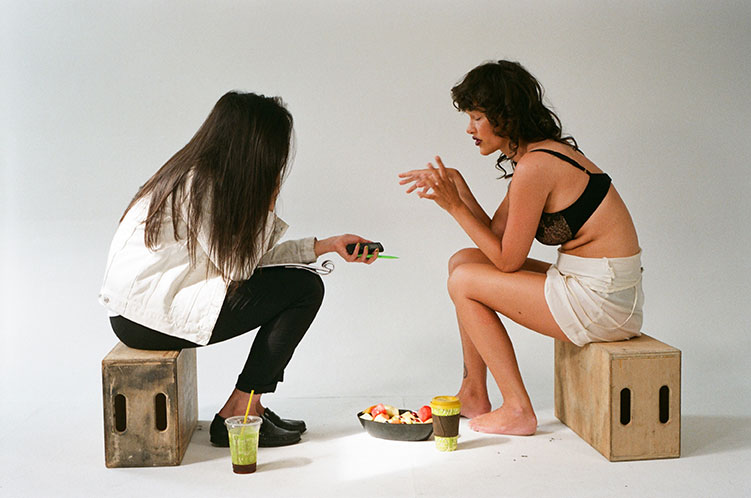


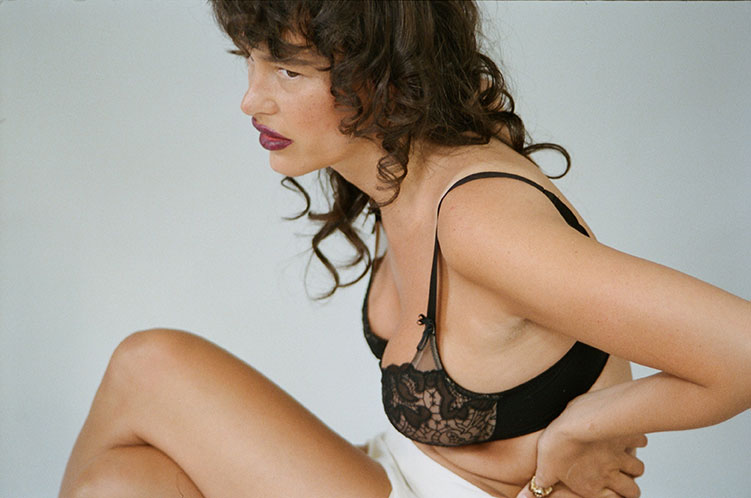

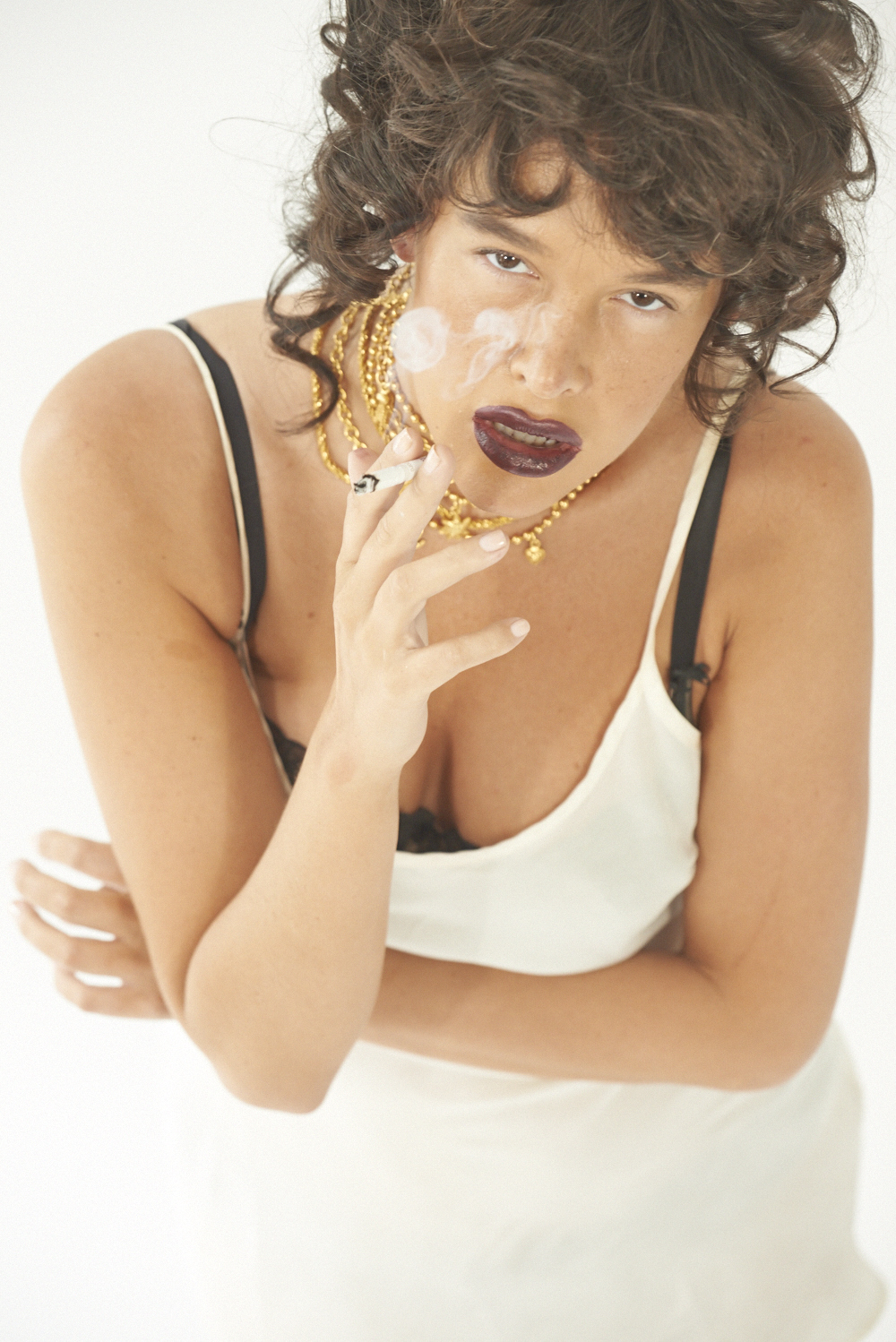

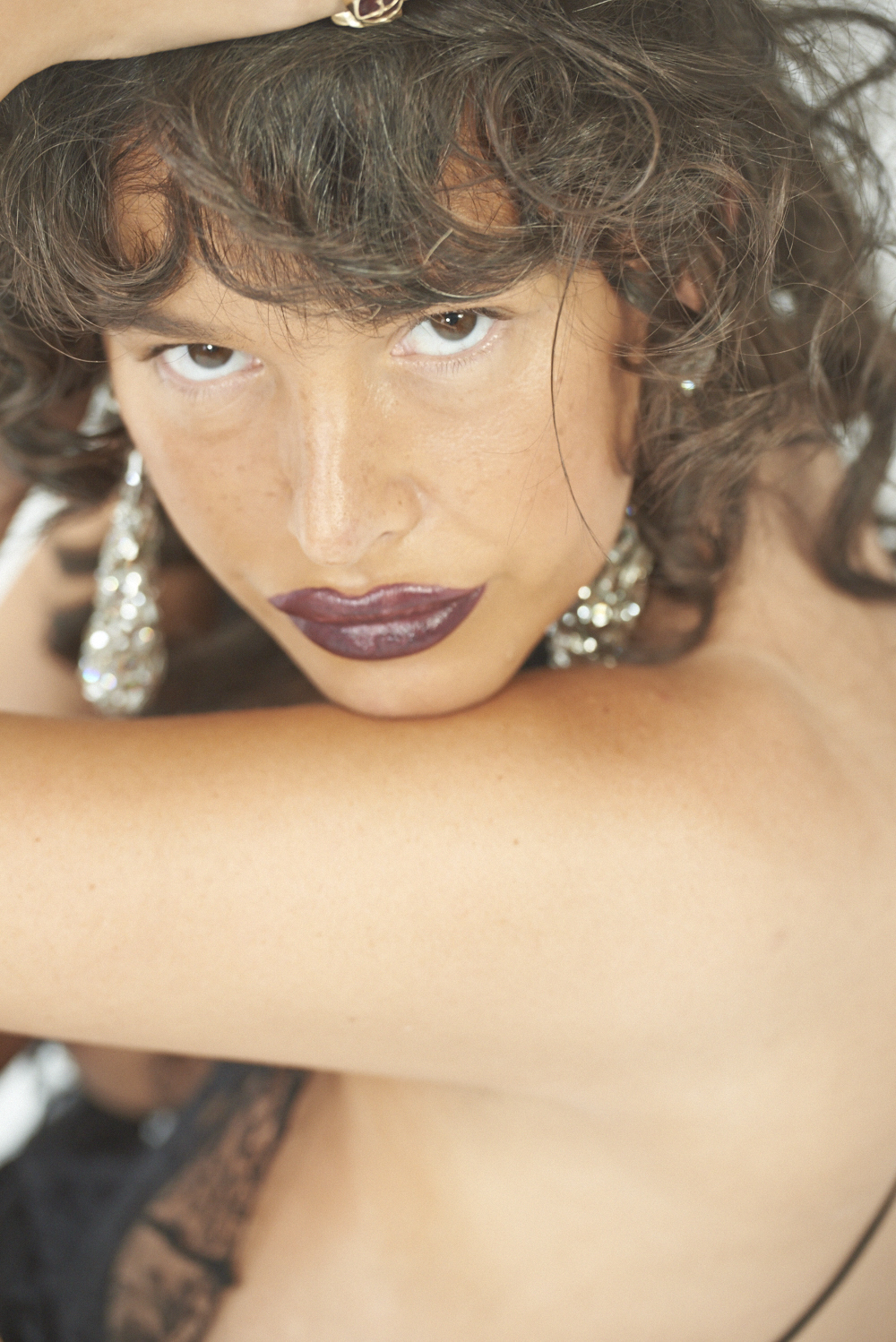
Producer: Anna Soldner
Creative Direction: Paz de la Huerta
Styling: Paz de la Huerta
Styling assistants: David Moses and Patric Dicaprio
Hair: Luke Baker
Makeup: Micheal Anthony
Layout: Bryan Washington